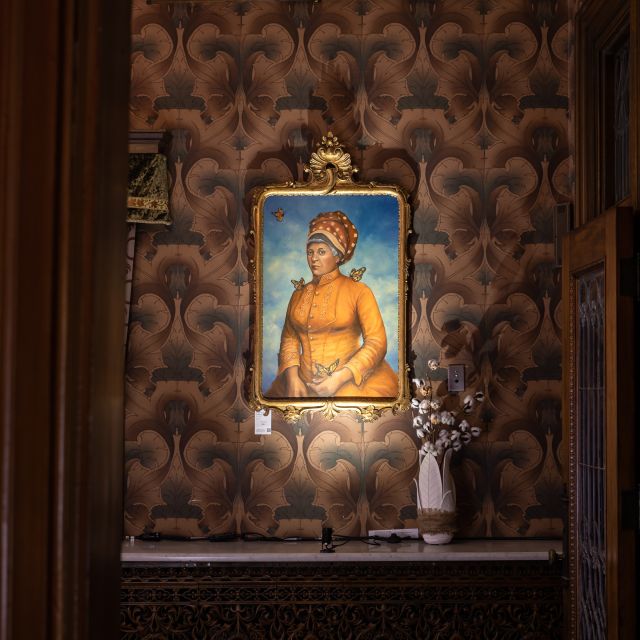
Did you know Toronto was the first Canadian municipality to officially proclaim February as Black History Month in 1979?
February tends to fly by, which can make corporate efforts to chime in and support Black History Month tough if you haven’t been planning and preparing. The good news is that it happens every year, so the opportunity to be better remains.
If your hesitation to jump in has been, in part, because you weren’t sure how, we’ve got you covered. Keep these key ideas (along with current examples of organizations who are doing it right) in mind, and they can offer you guardrails for supporting not only Black voices but those in the city’s other diverse communities including for Indigenous History month, Pride, Latin History month and more.
Be a Partner: You don’t have to take the lead on Black History month celebrations, you can instead team up with community members to make magic happen. The Art Gallery of Ontario is doing exactly that by partnering with Black Owned Toronto. The Gallery hosts the daylong AGO-Black Owned Toronto Market Place in the Weston Family Learning Centre on site, offering Black entrepreneurs access to a new audience of shoppers. Similarly, the Oakwood Village BIA joined forces with the Afro-Caribbean Farmers Market earlier this month to celebrate local Black-owned businesses and artists in a community-wide event.
Your Turn: Who are the Black resources in your community and what space/opportunity might you offer to show your support?
Find Connections: You don’t have to be a historically Black business to have connections to Black History. Toronto History Museums are proof that showcasing Black History is as easy as finding common ground. At Mackenzie House, a historical museum set in the last home of Toronto’s first mayor William Lyon Mackenzie, an 1845 printing press is an opportunity to share the story of Mary Ann Shadd, the first Black female newspaper publisher in Canada. This month, visitors can print a copy of her newspaper and leave with information about her incredible life. At Spadina Museum , the Dis/Mantle exhibit takes an Afrofuturism approach by reimagining the house as a haven along the Underground Railroad using Afro-Caribbean artists in sound, ceramics and visual art throughout.
Your Turn: Look for connections between your business’s location and history with Black History. Showcasing your findings will invite a new audience to visit and share new insights with your regulars.
Think long-term: For almost 30 years, KUUMBA – Toronto’s largest Black Futures Month celebration at Harbourfront Centre – has been hosting dance, music, film, literary, and speaking events throughout the month. Their consistency makes it easy for audiences to know to plan for and come out to their events. At this point, the celebration is simply a natural part of the centre’s programming. Their goal isn’t just to inspire during February but to offer “a programmatic mandate all year long, with a special focus during Black History month...” Equally important they don’t treat the community as a monolith, offering programming that also speaks to the intersectionality of the Black experience in Toronto.
Your Turn: Consider expanding the way you think about Black History Month. Why not use the month as an annual opportunity to expand the way you operate your business year-round.
Be Authentic: At the Stackt Market in Toronto visitors expect to find community programming and opportunities to sip and nibble. Makes sense then, that this Black History Month they’re home to the Black Grapes wine-tasting event in celebration of Black winemakers. They have simply taken the thing they already do and opened up their space to programming through a Black lens.
Your Turn: What is your core business? Who are the Black voices in your community who align with that? And how can you collaborate without sacrificing your authenticity?
Stand as an Ally: Sometimes the best way you can help is by supporting initiatives that are already in progress. Since 2015, the Black Diamond Ball has offered an opportunity for the Black community to get together and celebrate Black excellence. Why not purchase tickets to attend or sponsor a table? And there are other opportunities as well. Reach out to Black community youth support groups and offer your allyship – whether to help with the costs for social programming or sponsorship of a youth grant or scholarship. Or opt to spend your business dollars in support of Black businesses. By booking an event at the rooftop of Ode Toronto for example, a Black-owned hotel that opened in 2022.
Your turn: Take a look around your community to see where your dollars, manpower or skills can support works in progress.

